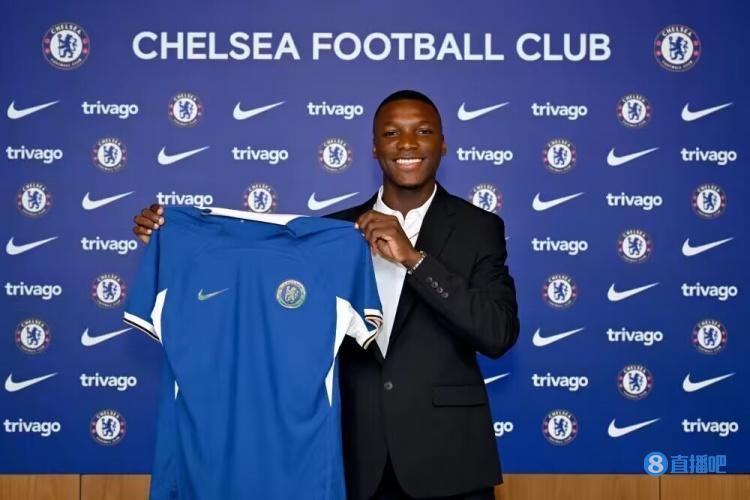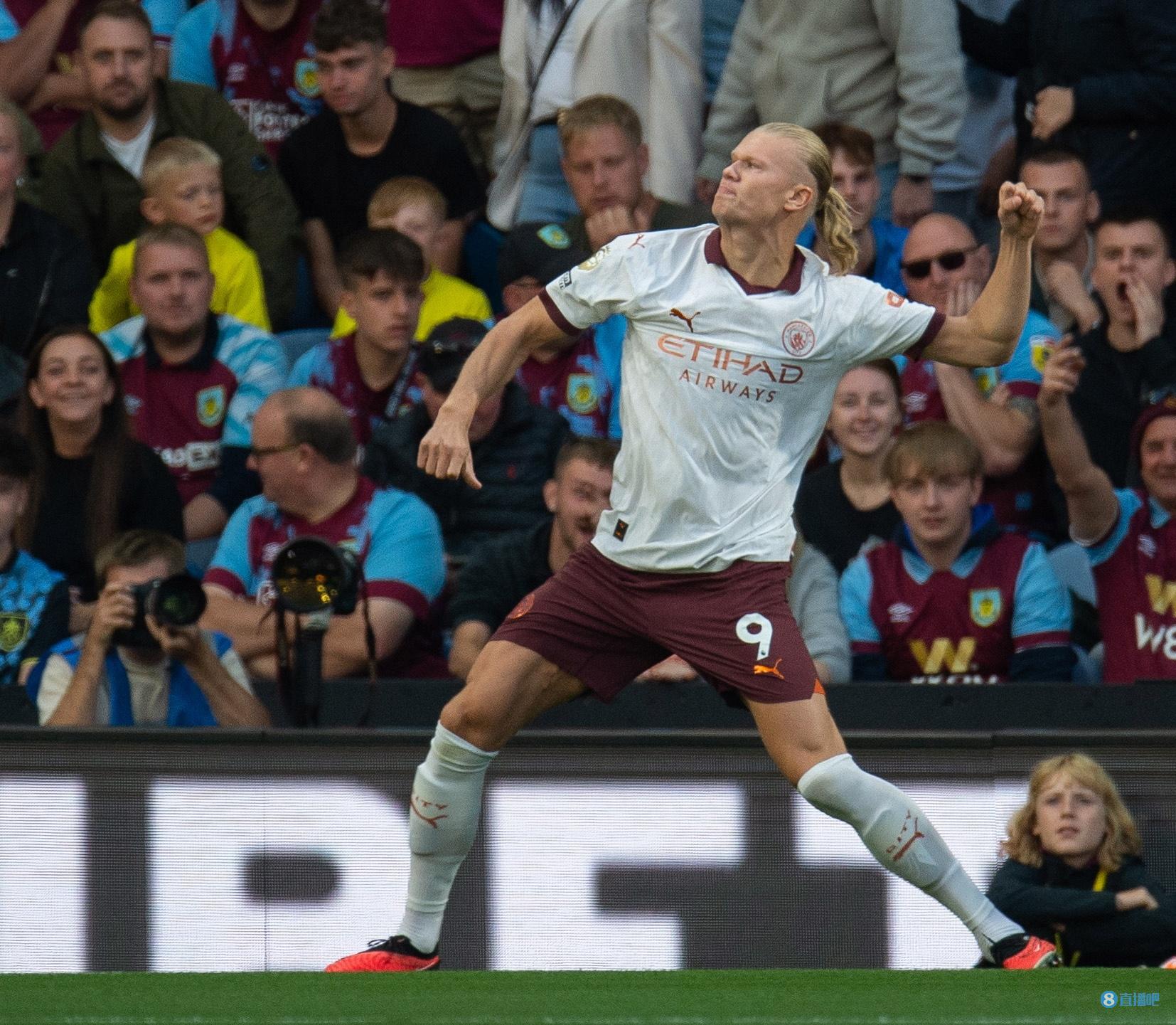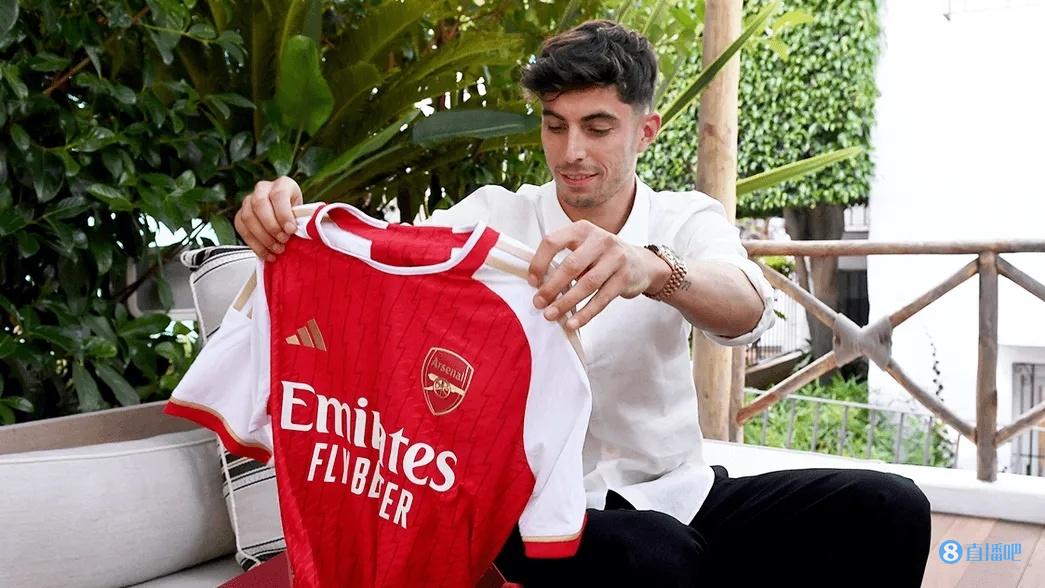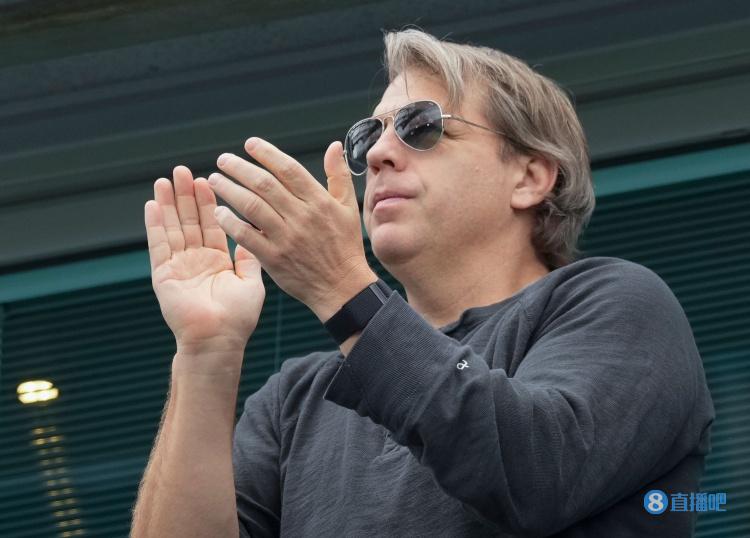
Since Burleigh and Clear Lake Capital entered Chelsea, they have invested more than 0.9 billion pounds in the transfer market, which seems to have violated the financial fairness principle of Uefa, but why are they so confident, think you are on the right path without violating the rules? The Athletic authors Liam Twomey and Simon Johnson analyzed it.
In the last three transfer periods, the most discussed topic was how much Chelsea spent on the transfer market.
Recently, Chelsea signed Ecuador midfield kesedo from Brighton for another 0.115 billion pounds, it refreshed the transfer record of England football created six months ago-at that time they signed Enzo Fernández for 0.106 billion pounds. Moreover, while Chelsea won kesedo, they also intercepted Liverpool’s gossip target, 19-year-old Southampton midfield Ravia.
Taking into account the previously joined ugochu U and Andre Santos, Chelsea invested more than 0.3 billion pounds in 2023 only in the midfield position. What is more surprising is that since Burleigh and Qinghu capital entered Chelsea in June 2022, they have invested more than 0.9 billion pounds in the transfer market. Moreover, this is not the end. After Capa joins Real Madrid on loan, Chelsea should still consider signing a general this summer. At the same time, they also hope to add two more attackers to improve the team’s offensive ability.

Obviously, we have never seen such a crazy team before. Moreover, Chelsea’s crazy behavior made more and more competitors begin to complain to the Premier League Companies. They think Chelsea’s spending is too high, and they don’t even think Chelsea is such a luxury purchase, it really conforms to Uefa’s financial fairness principle (FFP)-after all, in last September, Chelsea was listed on the FFP watch list by Uefa because of their loss.
However, Chelsea firmly believes in a series of compliance operations to ensure that they are on the right path. To this end, TA reporters also conducted in-depth analysis, trying to find out the reasons behind Chelsea’s confidence.
OVERVALUED transfer fee
Most people only pay attention to the total price of the player when talking about the transfer of the player, but for Chelsea and most teams, they may pay more attention to the amortization cost of the transfer of the player.
Suppose team A signs A player at 50 million pounds and gives him A 5-year contract with A weekly salary of 100000 pounds. Team B signed a free transfer player and agreed to pay him a weekly salary of about 400000 pounds. Which player do you think costs more? Smart readers will definitely think it is the new aid of Team B. The weekly salary of 400000 pounds is equivalent to the annual salary of the new aid reaching more than 20 million pounds, while the annual player cost of the new aid signed by team A with 50 million pounds and 100000 pounds per week is almost only 15 million pounds.
According to this logic, the most expensive signing in English football history may actually be Harland who joined Manchester City in 2022. Because in order to get the Norwegian striker, Manchester City not only paid cancellation money of 51 million pounds to Dortmund, but also paid Harland a high salary and signature fee, and paid a large amount of broker fees.

A large number of documents show that Chelsea used this Amortization strategy to allocate their high transfer fee for many years. All the players they signed in January this year signed seven or eight years of contracts with the team, which significantly reduced the team’s annual book value.
According to UEFA regulations, starting from this summer, no matter the length of the contract, the transfer fee can only be amortized within 5 years at most. Although this regulation has not been implemented in the Premier League, but it seems that this is just a matter of time. Meanwhile, even if these “budget loopholes” are blocked, amortization is still a powerful tool to help Chelsea increase spending. They had made good use of the new rule before it was introduced.
More importantly, Chelsea will not participate in European competitions this season, so they don’t have to worry about the Uefa regulations at all. For various reasons, they certainly hope to return to Europe next season, but the Premier League gives them more leeway. Therefore, Chelsea have more time to adjust. Therefore, they believe that everything they do now is within the scope permitted by the rules-even if many people do not think so.
Chelsea not only signings, but also keeps selling players.
In the past three transfer windows, Chelsea gained more than 0.25 billion pounds of transfer income by selling players. About 0.2 billion pounds were obtained this summer, mainly from the transfer of hafts, mount, Kovacic, coolibali and Edward Mendi. It is true that this figure is far from balancing Chelsea’s investment in the transfer market, but from a financial point of view, these incomes will be immediately registered in full on the books and minus the remaining amortization costs of the players. Moreover, most of the players who left the team recently played for the team for many years, and the amortization cost was not high, or they were graduates of Cobham youth training college. The transfer income brought by these players can almost be regarded as net profit.
Only the three players, haffitz, Mount and Kovacic, exchanged almost 0.1 billion of the sales profits for Chelsea. Theoretically, this can at least leverage 0.5 billion pounds of transfer funds-as long as these players have signed contracts with Chelsea for more than five years-without leaving the team in deficit in player trading.

According to relevant data learned by TA reporters, Chelsea’s Amortization expenditure in the past three transfer windows is estimated to be 0.1572 billion pounds, which is almost offset by player sales (0.1496 billion pounds) in the same period.
Obviously, big teams have more space in the transfer market and can operate without violating FFP, and the restrictions themselves are relaxing. Since the /2024 season, teams considered to be in good financial condition can lose 90 million yuan in the three-year monitoring period, three times the previous 30 million euros online.
Because the team’s accounts were released nearly a year after the relevant transactions, it is still too early to judge Chelsea’s current profit or loss. But considering that Chelsea lost 0.121 billion pounds last year and they lost 0.156 billion pounds in the previous season, the team must start to make profits as soon as possible. Whether through player sales, adjustment of commercial transactions, or return to the Champions League (expected to earn 3 millions or 4 millions pounds per home game).
Obviously, immediately after Burleigh and Qinghu capital entered Chelsea, they realized that the team had reached the time to rebuild on a large scale-expensive players had almost completed the amortization of transfer fees, the Youth Training College also has stable talent output. These young talents can be sold, and a small part of them still have the potential to be the pillars of the first team.
Chelsea’s strategy is not risky.
Burleigh and Clear Lake Capital basically transformed the Chelsea team into a portfolio investment: Now, a group of talented young players in Chelsea team, the long-term contract means that they may all spend their golden time at Stamford Bridge. It is true that players will have ups and downs in value in the future due to personal development problems, but this may not be a headache after Chelsea’s recruitment ability has been significantly improved.
Moreover, Chelsea must also ensure that most of their signings can be successful. If they don’t do this, Chelsea may not perform well on the court, and the amortization fee for players to earn back may also increase, thus limiting their choice to correct the course.

Today, Chelsea, a veteran Premier League club, has been transformed into one of the youngest teams by their bosses. They are trying to imitate the recruitment modes like Monaco, Leipzig and Brighton, to enhance the strength of being a European elite team. Chelsea must now find a balanced financial model to cultivate young talents in the array and maintain strong competitiveness on the field.
This model has never been tried by a rich team before, or any team that has tried this model before has never won the championship. Now, can you really win the Premier League championship or the Champions League trophy with a group of young players? Will there really be some unexpected problems when putting together a group of young players of similar age?
Burleigh and Qinghu capital are optimistic about these issues. Moreover, they believe that their practices in the transfer market and team building are helping Chelsea to embark on a sustainable path of sports success and income growth.
(Armour)